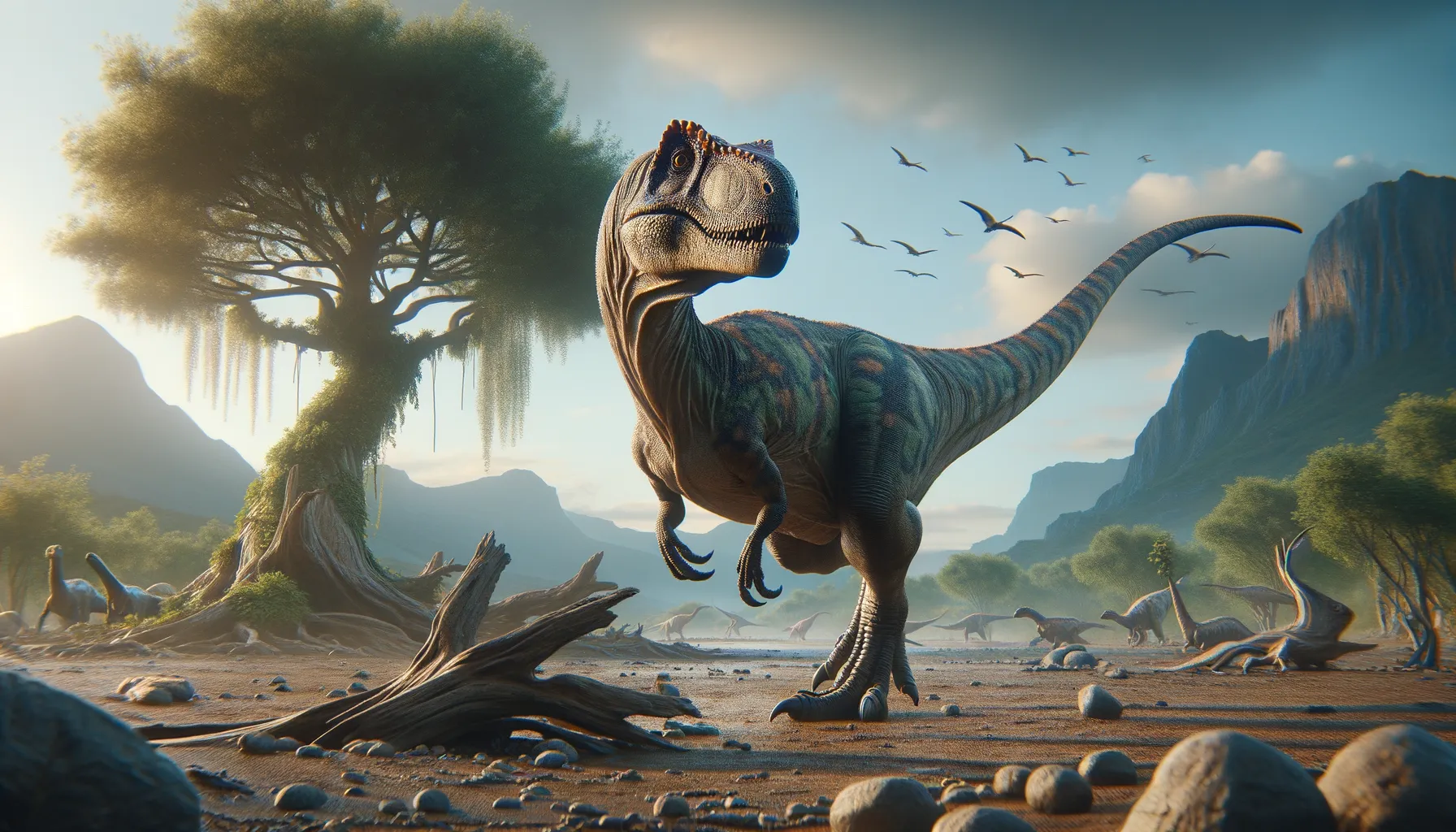
Fruitadens
Tiny, fleet-footed Jurassic survivor.
Period
Jurassic
Length
Roughly 65 to 75 cm long.
Height
Approximately 10 cm tall at the hips.
Weight
Around 0.5 to 1 kg.
Fruitadens was a small, lightweight dinosaur that lived during the late Jurassic period. Known for its compact and agile body, it possibly moved quickly to evade predators and search for food. This dinosaur is fascinating due to its size, making it one of the smallest known ornithischian dinosaurs. Its remains were first found in the Morrison Formation in Colorado, adding to the significant discoveries of North America's dinosaur diversity.
Diet
Fruitadens likely had an omnivorous diet, feeding on a variety of plant material and small animals. Its small, varied teeth suggest it could process both vegetation and insects, allowing it a diverse range of food sources in its environment.
Hunting
As an omnivore, it likely foraged rather than hunted, using its speed to quickly travel between feeding sites. It might have used its nimble movements to catch small insects or other invertebrates along with its plant-based diet.
Environmental challenges
During its time, Fruitadens encountered challenges such as avoiding larger predatory dinosaurs. Surviving in a fluctuating environment would require adaptability to changes in food availability. Seasonal climate shifts could have influenced its food sources, making adaptability a critical skill for survival.
Speed
Relatively fast for its small size.
Lifespan
Likely up to 10 years.
First discovery
Discovered in the early 2000s in Colorado, USA.
Fun Facts
- Fruitadens was one of the smallest known dinosaurs, about the size of a modern chicken.
- This tiny dinosaur lived approximately 150 million years ago during the late Jurassic period.
- Fruitadens was an omnivore, meaning it could eat both plants and small animals.
- The name 'Fruitadens' means 'Fruita tooth', after the location in Fruita, Colorado, where it was discovered.
- Despite its small size, Fruitadens had strong legs and was likely a fast runner.
- It had a unique set of teeth that were well-suited for a varied diet.
- Fruitadens helped scientists understand more about the diversity of small dinosaurs in the Jurassic period.
Growth and Development
Fruitadens likely grew relatively quickly to avoid predation, achieving adult size rapidly in comparison to larger dinosaurs. Juveniles might have had different dietary needs, focusing more on protein-rich insects for growth. This rapid development was essential for surviving in an environment with many predators.
Habitat
Living in environments like floodplains, Fruitadens would have had access to both wooded areas and open spaces. These diverse habitats supported its varied diet and provided ample cover from larger predators. Water bodies would be a crucial part of its habitat, offering nourishment and a variety of food sources.
Interaction with other species
Interaction with other species may have included competition for food with similarly sized dinosaurs. Its small size meant it had to be cautious around larger herbivores and carnivores in its ecosystem. It likely coexisted with other small dinosaurs and early mammals, sharing resources and territory.
Natural lifespan
Fruitadens naturally had a lifespan of several years, likely up to a decade.
Reproduction
Fruitadens reproduced by laying eggs, as is typical for dinosaurs. Nesting strategies could have involved laying eggs in hidden locations to protect them from predators. Young Fruitadens would hatch fully formed and agile, ready to fend for themselves in a challenging environment.
Social behaviour
While its social behavior is not well-documented, it might have exhibited some degree of social interaction, especially during breeding seasons. Small groups could have formed for nesting or foraging, sharing knowledge of food locations. However, it likely spent much of its time solitary to reduce competition.
Fossil locations
Fossils of Fruitadens have been primarily discovered in the Morrison Formation, located in Colorado, USA. This location is known for its rich deposits of late Jurassic era fossils, providing insights into a diverse ancient ecosystem. Its discovery added an important small-bodied specimen to the late Jurassic paleontological record.
